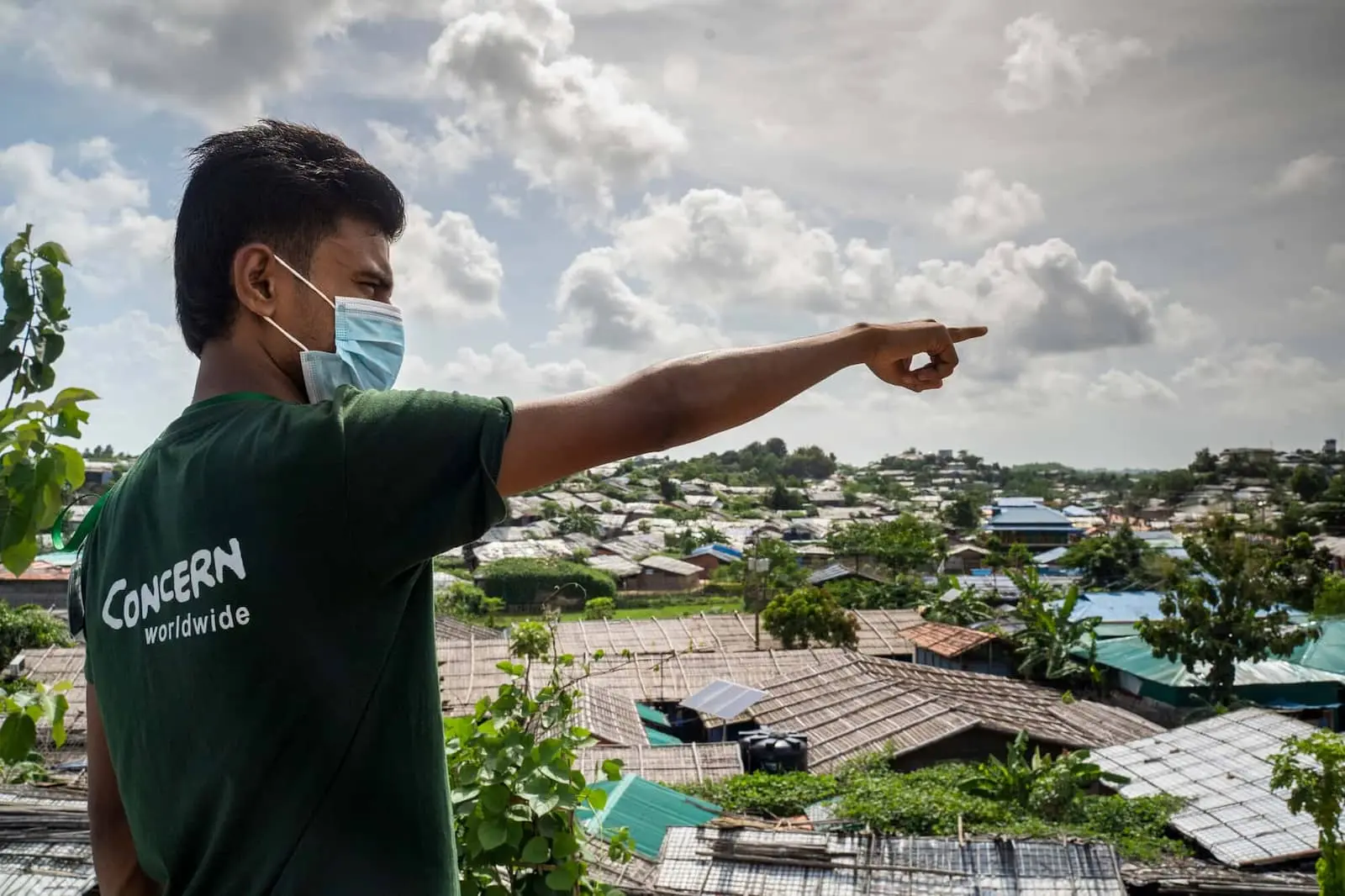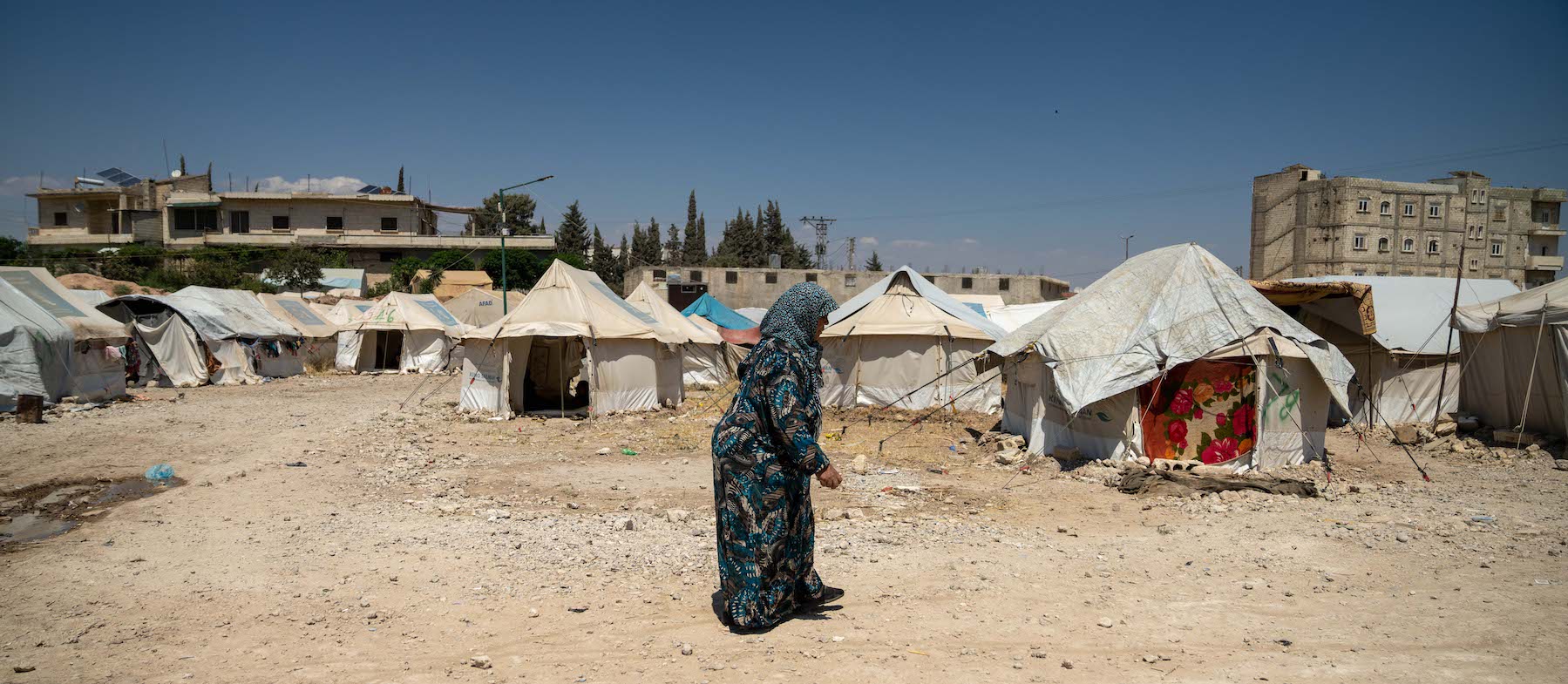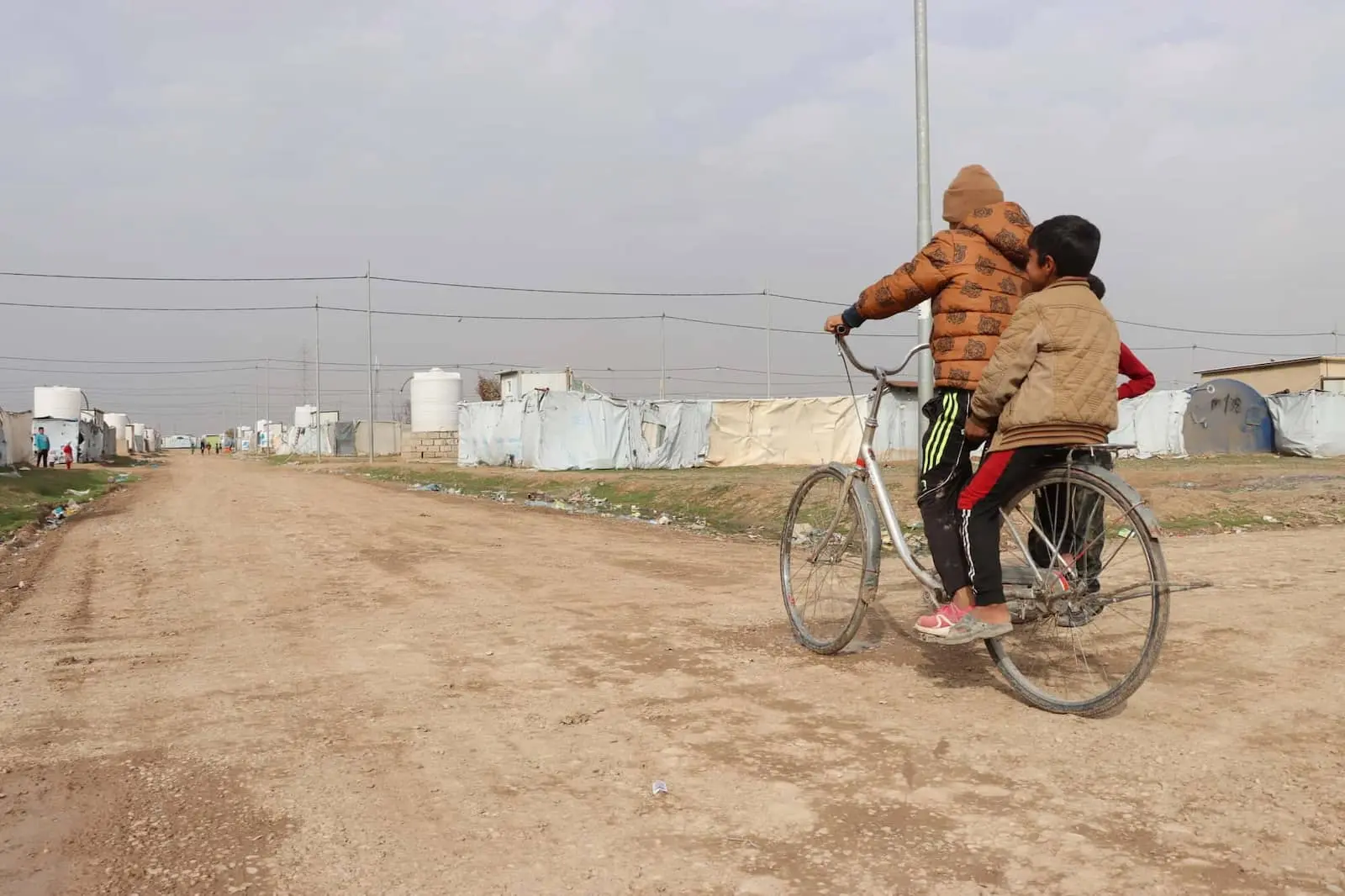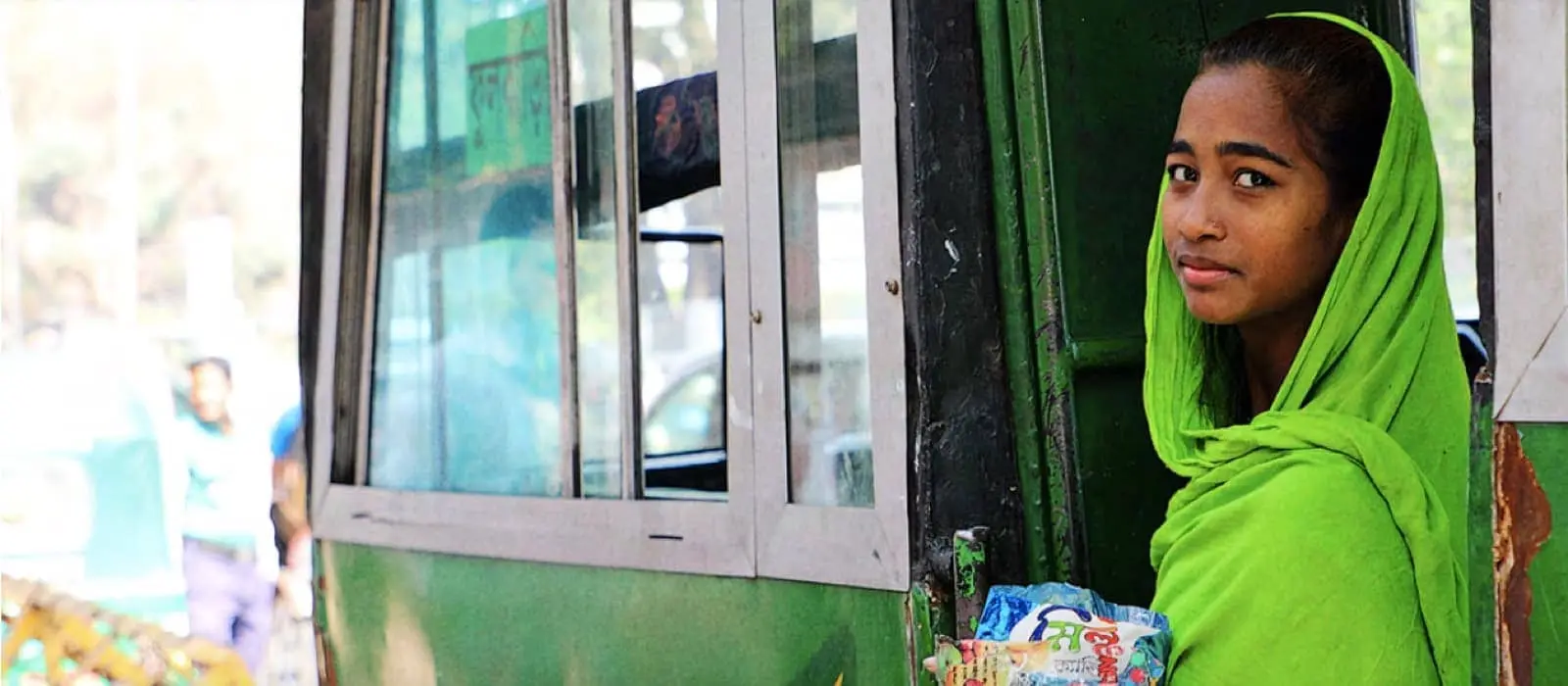On August 25, 2017, an outbreak of violence in Myanmar’s Rakhine State forced hundreds of thousands of Rohingya people to flee their homes. Five years later, over 1 million stateless Rohingya remain in temporary shelters away from home. Over 925,000 (more than half of whom are children) have spent the last half-decade on a narrow strip of hilly land below the Bangladeshi city of Cox’s Bazar.
This isn’t an anniversary to celebrate, especially as the plight of the Rohingya — despite being one of the largest refugee crises today — has remained largely absent from headlines since the initial attacks in 2017. Here are five things you need to know about the Rohingya Crisis in 2022.
1. This isn’t an isolated crisis for the Rohingya
The Rohingya are a Muslim ethnic minority group, many of whom have lived in majority-Buddhist Myanmar (formerly known as Burma) for generations, emigrating from Bengal (an area that covers parts of India and Bangladesh). In spite of their longstanding relationship to the Rakhine State, they are not recognized by the government and have historically been denied citizenship. They are the world’s largest stateless population.
Without recognition as citizens or permanent residents of the country, the Rohingya have limited access to education, jobs, and health services, resulting in chronic poverty and marginalization. Over the last several decades, violence targeting the Rohingya in Myanmar (especially women and girls) has driven several mass-displacements, including events in 1978, 1991-92, and 2016. Many Rohingya have spent decades living in areas like Cox’s Bazar.
An escalation in violence that began in August 2017, however, became the starting point for the latest — and largest — crisis.
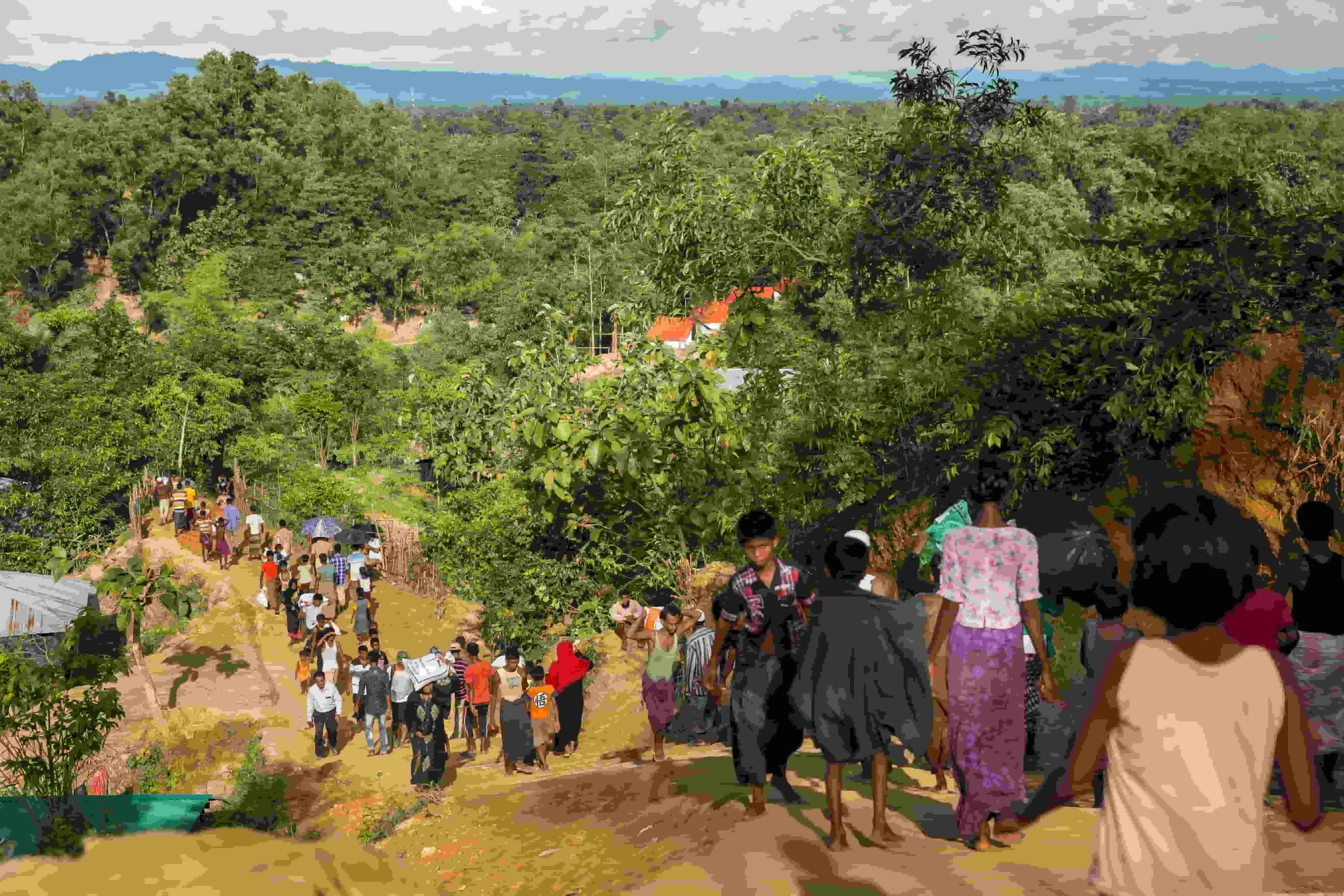
2. We often focus on the 1 million refugees — but the number doesn’t stop there
Within the first few weeks that followed the escalation of violence in Rakhine State, nearly 700,000 Rohingya fled to neighboring Bangladesh, undertaking life-threatening (and occasionally fatal) journeys to get there. Prior to August 25, the region was already a host community to 200,000 Rohingya refugees. As of July 2022, the World Health Organization estimates over 925,000 Rohingya are living in Cox’s Bazar.
However, this isn’t the only area where the Rohingya have sought refuge in order to escape violence. Over 90,000 have fled to Thailand, and over 20,000 are in India. Smaller groups have made their way to other countries in the area, including Indonesia and Nepal. The UNHCR estimates an additional 1.1 million Rohingya are internally displaced within Myanmar, some several times over.
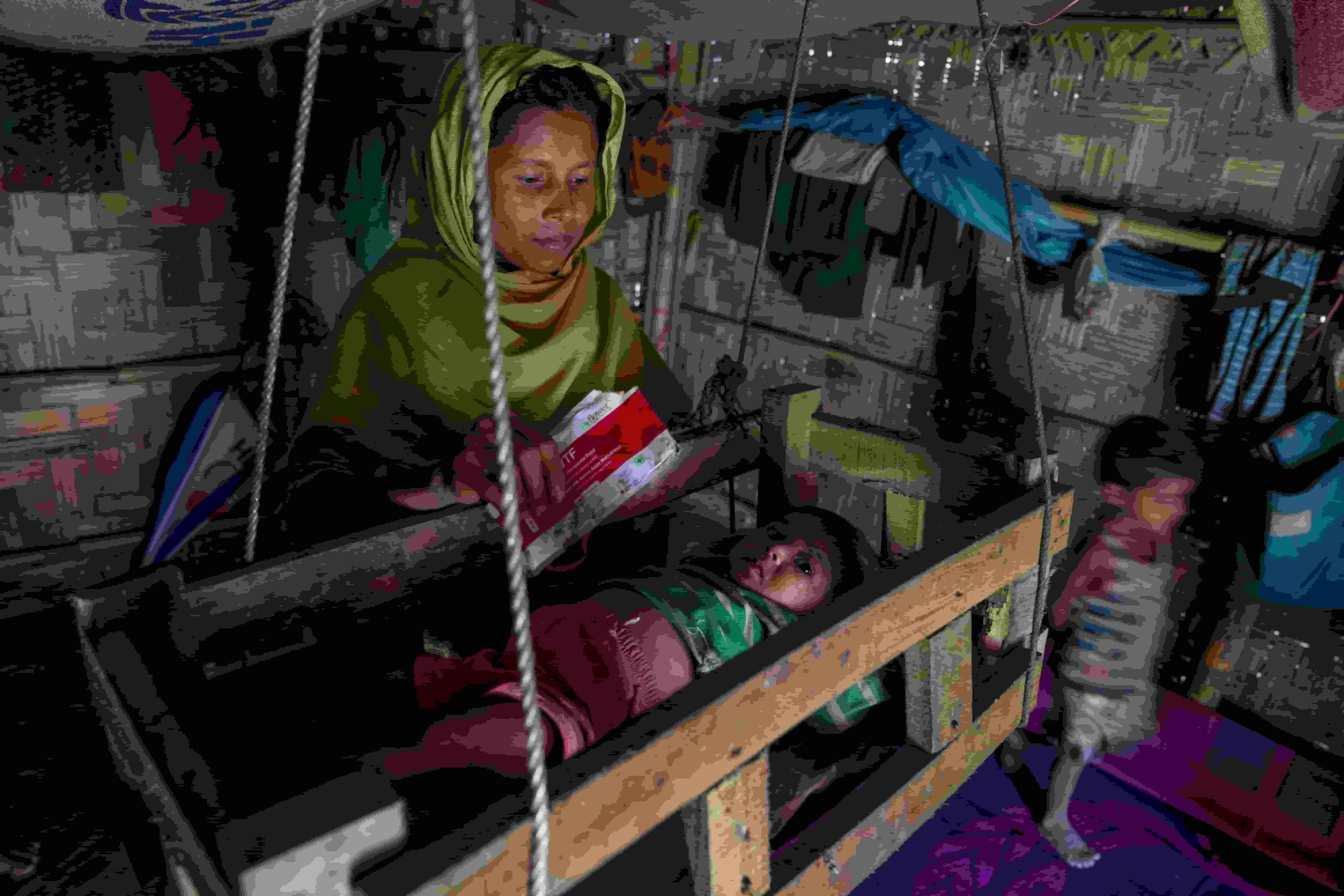
3. The situation for Rohingya refugees in Bangladesh has only gotten harder in the last two years
The crisis has developed into a protracted emergency for Rohingya in Bangladesh. Most of the camps that were set up for incoming Rohingya around Cox’s Bazar were built on uneven, sandy hills that were rapidly cleared in response to 2017’s mass exodus. Since then, these informal settlements have faced the constant threats of flooding and landslides. All shelters are required to be built from bamboo and tarps, meaning that concrete and bricks can’t be used as added protection against the elements. Many have collapsed, leaving residents exposed to the elements.
The elements are a major issue: Bangladesh’s main cyclone season begins in April, making this a time where Rohingya are most vulnerable. Beyond shelters facing destruction from high winds, these rainy seasons can also foster waterborne illnesses in crowded camps that don’t have proper water and sanitation facilities. This poses an especially risk to children and the elderly. Currently, Bangladesh is in the middle of its monsoon season (July through October), which brings similar challenges. Fires are also an existential threat in Cox’s Bazar. By the beginning of March this year, six fires had already torn through the refugee camps, destroying homes and supplies.
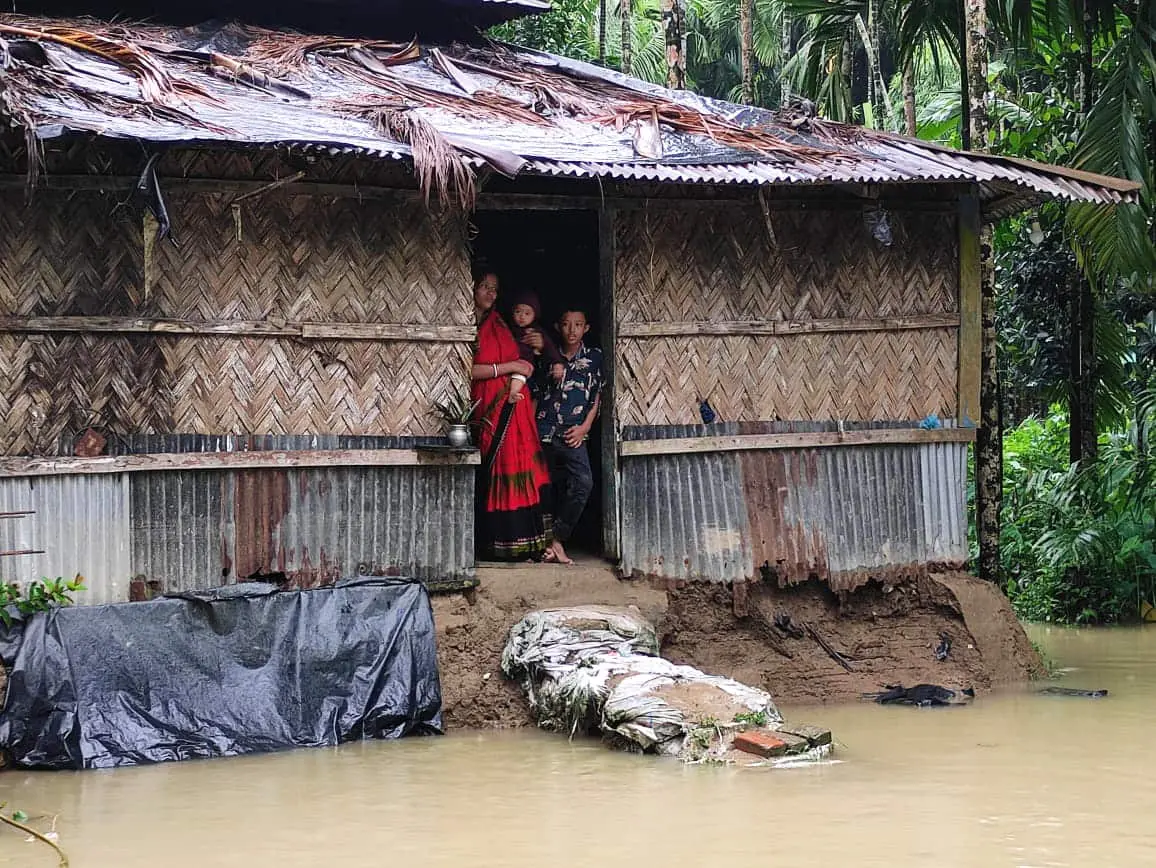
4. Host communities in Bangladesh are struggling and looking for solutions to a crisis with no clear resolution
Often underreported in coverage of any refugee crisis are the host community’s efforts to maintain their own dignity, stability, and health in such difficult circumstances. The area surrounding Cox’s Bazar has historically been a low-income area of Bangladesh. Concern’s former Country Director for the area, A.K.M. Musha, pointed out that local lives have changed significantly since this massive population flow:
“There is huge socio-economic and environmental pressure resulting in increased tension between refugees and the host community,” he said. “The tensions will continue to increase unless the host communities are supported well. It's a difficult situation for all.”
While the Bangladeshi government has gone to great lengths to accommodate the influx, the impact is being felt as local resources go into the relief effort. Prices of goods and services are driven up, and labor becomes cheaper — lowering incomes. One solution that the government put into effect was relocating a proposed 100,000 Rohingya refugees in Cox’s Bazar to the island of Bhasan Char (which, like much of Bangladesh, is especially vulnerable to rising sea levels) in the Bay of Bengal. While 24,000 Rohingya moved to the island with the promise of more aid, a lack of funding has meant that these relocated Rohingya suffer both a lack of supplies and a greater sense of isolation.
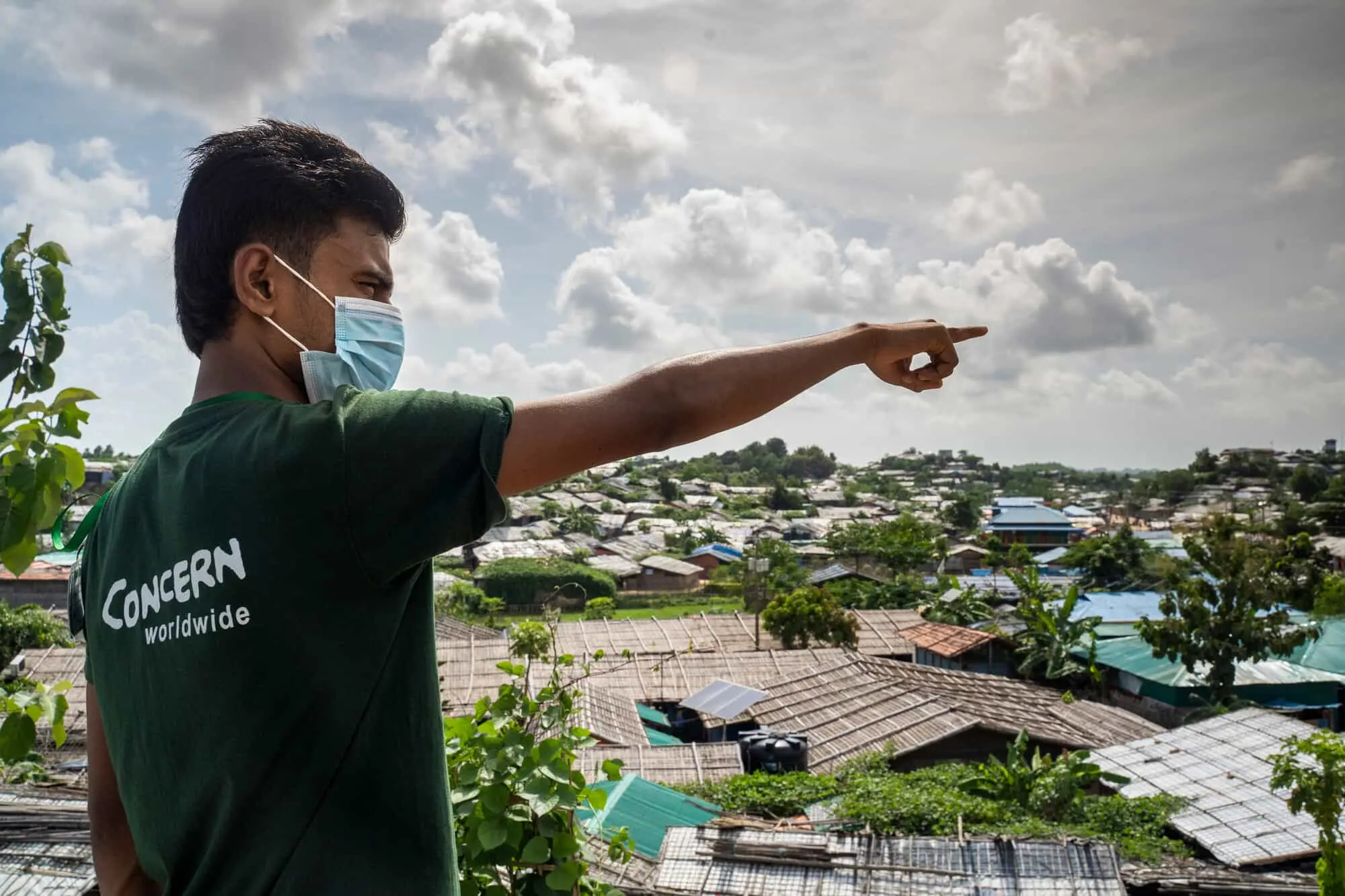
5. A developing crisis in Myanmar leaves no end in sight
Most refugee crises end with an eventual repatriation. However, the path to this in the case of the Rohingya crisis is unclear. “The Rohingya people don't believe the situation in Myanmar is currently conducive to repatriation,” added Musha. “It would be very difficult for people to go back to Myanmar unless the situation improves there.”
Since February of 2021, escalating political and social instability in Myanmar has also created roadblocks to a peaceful resolution any time soon. In June of this year, UN Special Envoy to the General Assembly Noeleen Heyzer estimated that 14.4 million people in Myanmar — 25% of the population — required humanitarian assistance in the face of a rapidly-deteriorating situation. She has also highlighted that the future of the Rohingya is bound up with the future of peace in Myanmar, stating: “Sustainable solutions for the Rohingya people must be built into the design of a peaceful, inclusive and democratic Myanmar.”
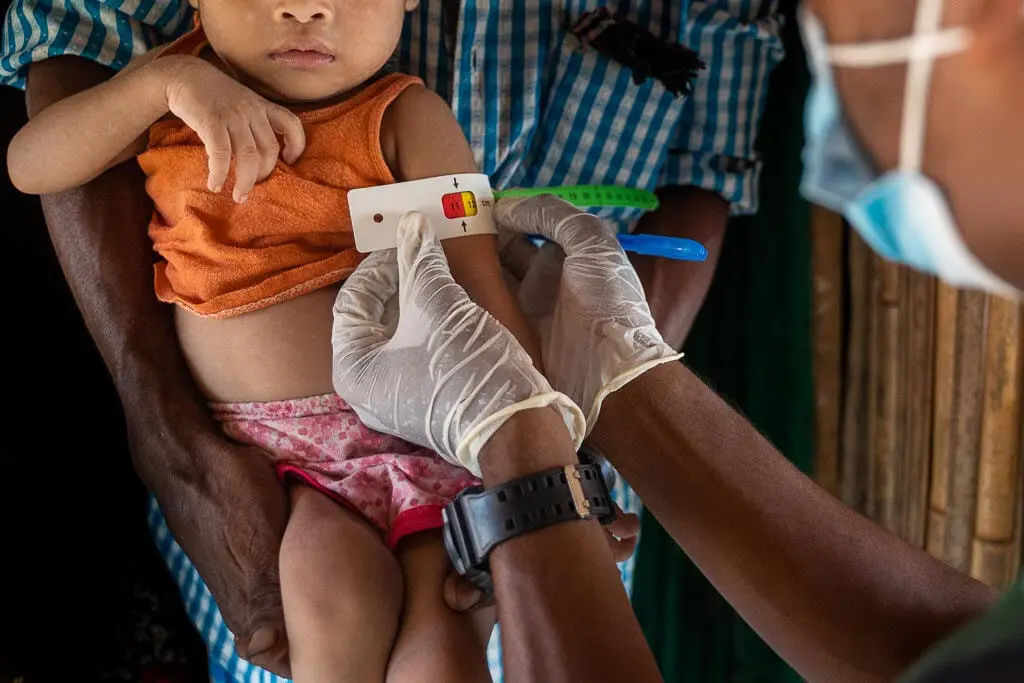
The Rohingya Crisis: Concern’s response
Concern is one of over 100 non-governmental organizations — both local and international — responding to the influx of Rohingya refugees in Bangladesh. Because we have been in Bangladesh for 50 years, had former staff members in the area, and had worked on previous projects there (including with Rohingya refugees as early as 1991), we were one of the first organizations to respond to the crisis.
Since then, we’ve maintained a combination of life-saving integrated nutrition support, livelihood development, disaster risk reduction, non-food item distributions, and home gardening initiatives. Our goal, along with many of our partners and humanitarian colleagues, is to help the Rohingya stay healthy, care for their families, and live with as much security and dignity as possible. Two of the biggest focuses within this are maintaining nutrition and safeguarding against monsoons, cyclones, and other weather-related disasters, and responding to the threats posed by COVID-19.
Last year alone, our work included:
Preparing and delivering hot meals for over 32,000 people
Responding to a March 2021 fire in Cox’s Bazar, delivering in that time:
- Nearly 118,000 hot meals
- 13,920 food packages
- Culturally-appropriate clothing donations for nearly 7,000 women
- Psychosocial first aid services for over 1,200 people
Screening approximately 35,000 children and pregnant/lactating women each month for malnutrition and providing treatment where needed
Developing a “Mother Care Group” model for caregivers of children under 5 that focuses on improving maternal and child health, reaching over 108,000 (both Rohingya refugees and host community members)
Providing the training and supplies for homestead gardening to over 10,950 Mother Care Group members
Our COVID-19 response in Cox’s Bazar began with the initial lockdowns in Bangladesh. We ensured that the Rohingya refugees we support in Cox’s Bazar had a 1 month’s supply of food, and worked with both the camp and surrounding communities to educate people on prevention and detection techniques. We also partnered with local religious leaders, who shared the messages via their microphones during prayer times. Subsequently, Concern introduced a mobile testing and referral service for those who may have been exposed to the virus. That service is available to both refugees and local residents.


